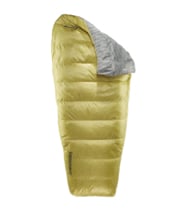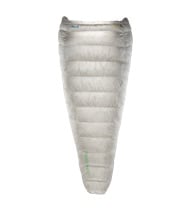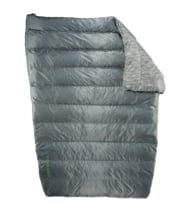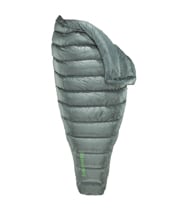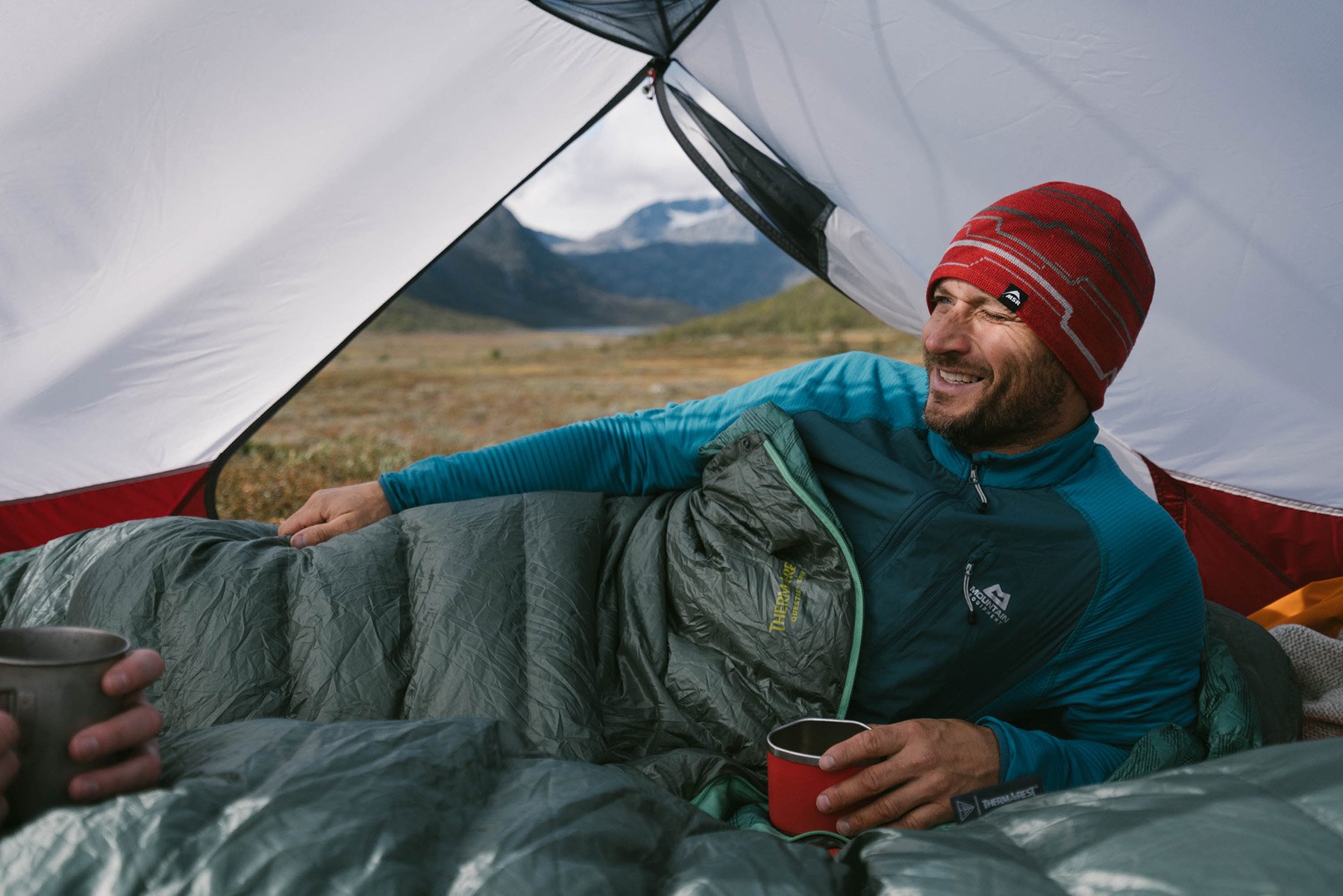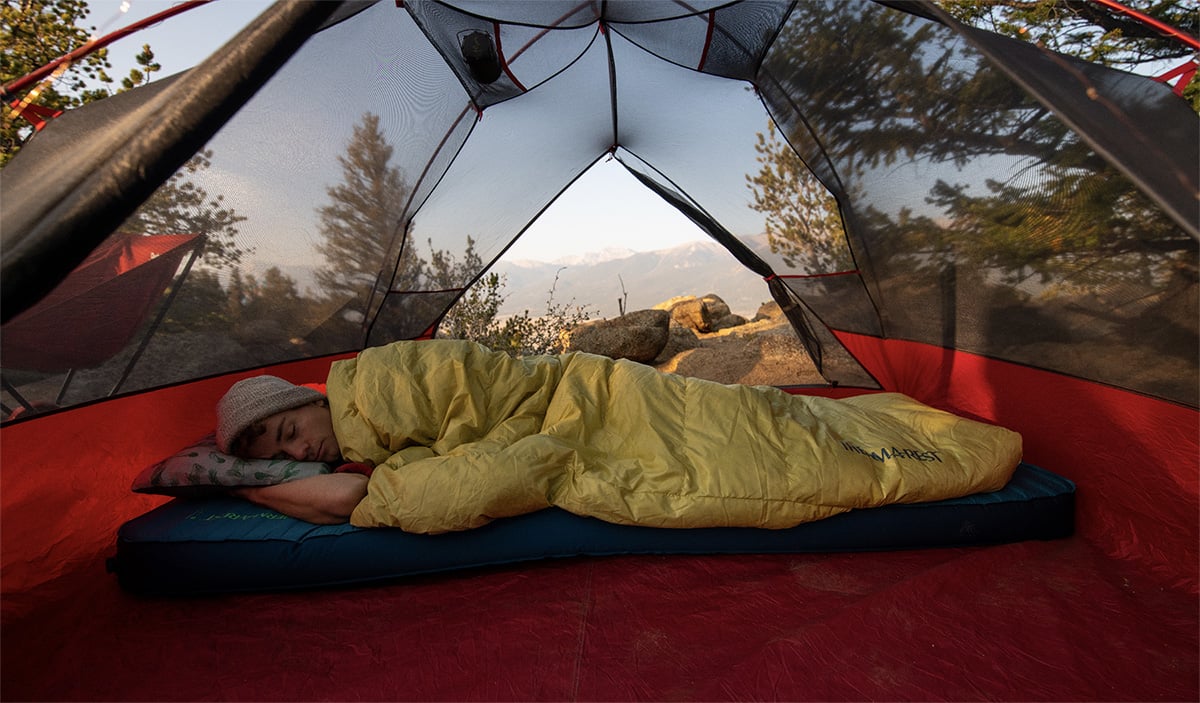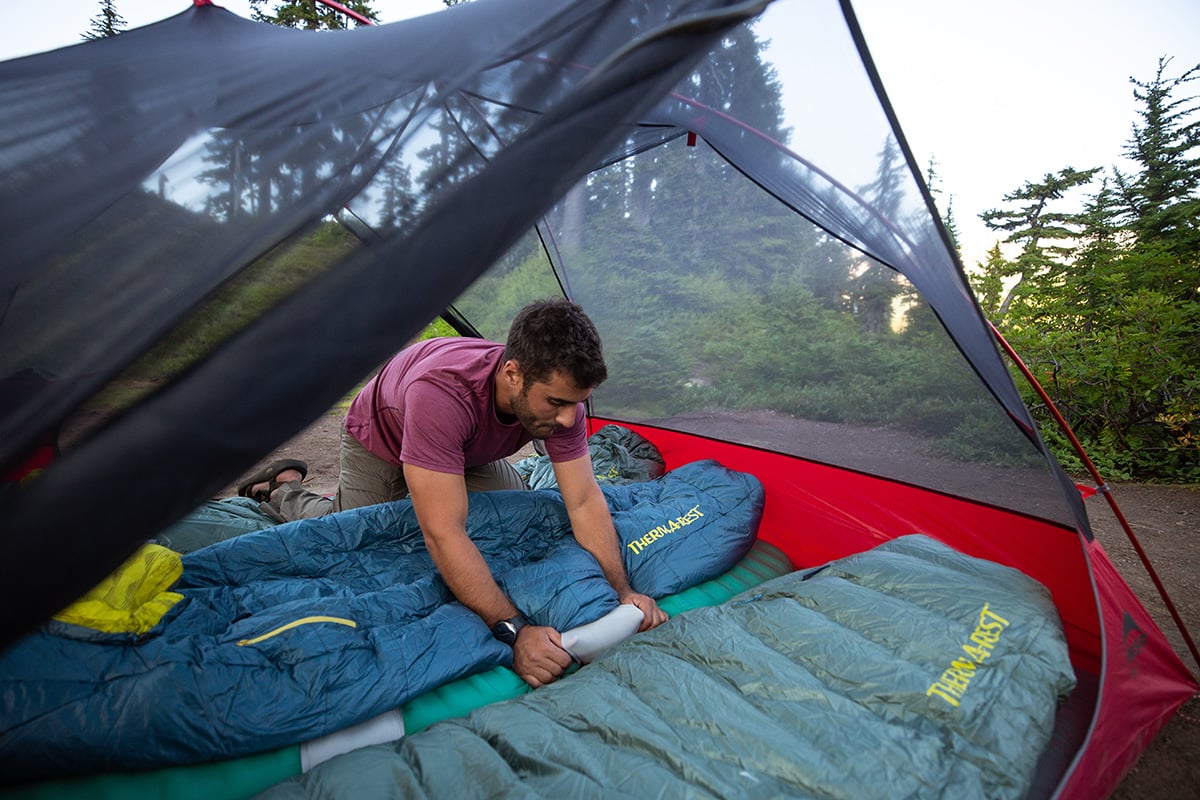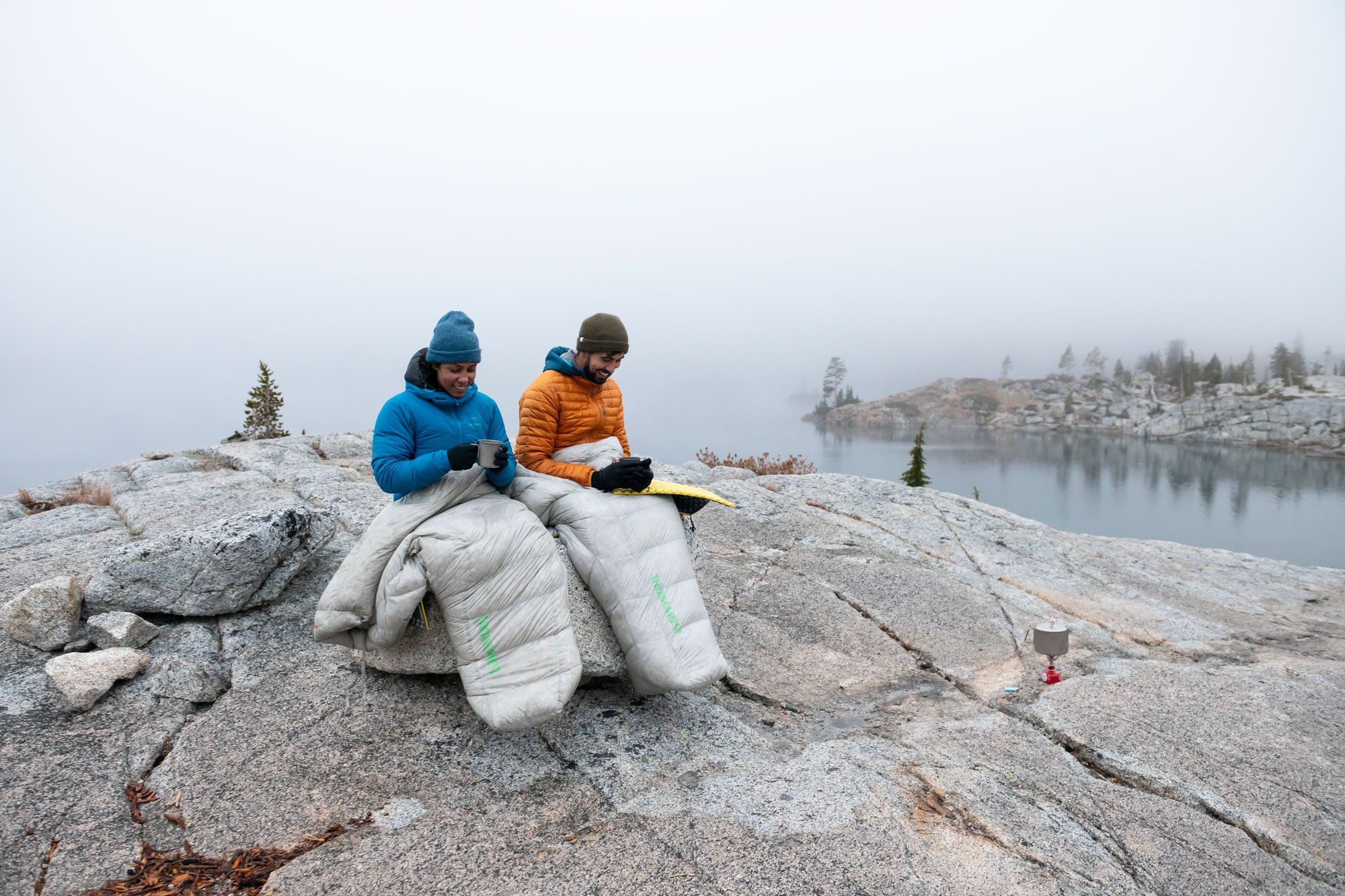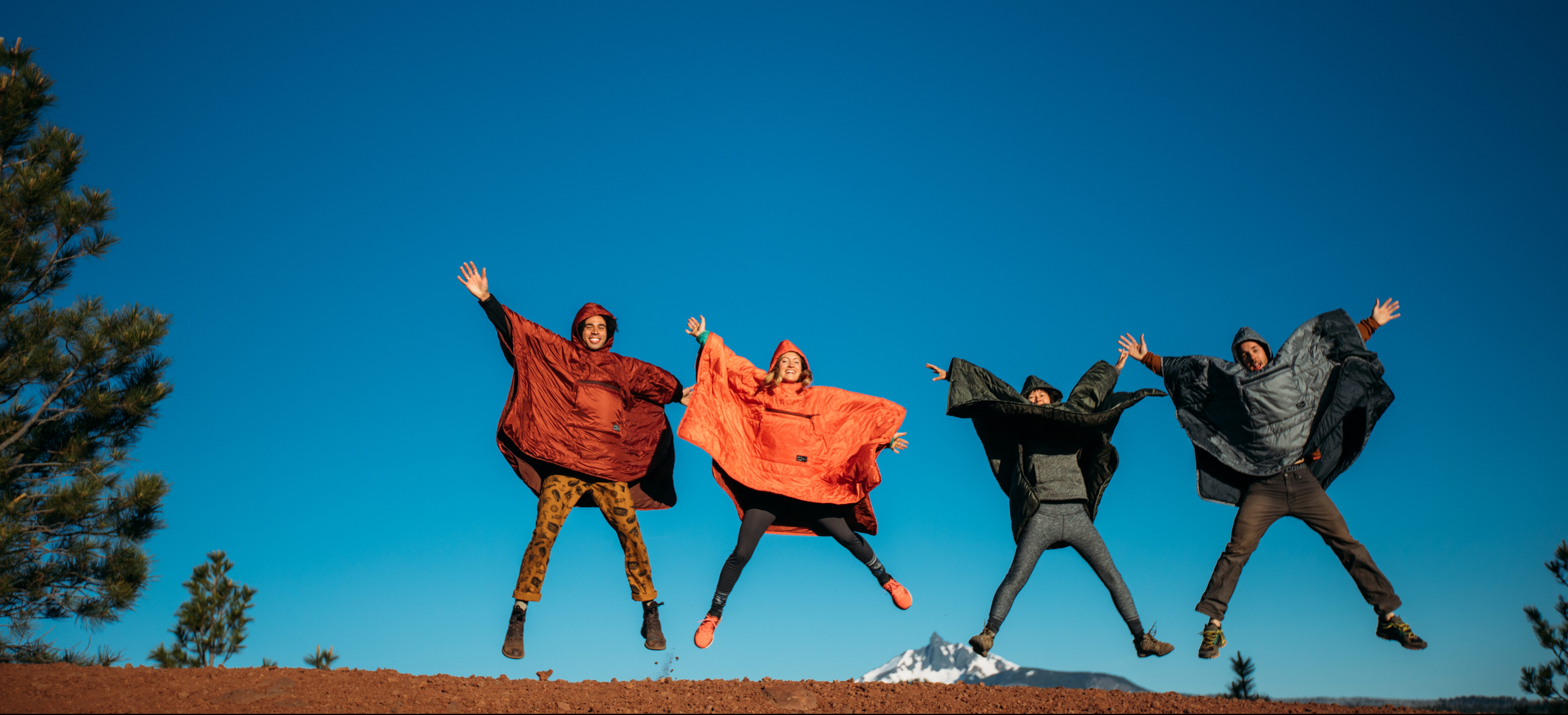There’s a fair chance that every single camping trip that you’ve enjoyed has involved a sleeping bag. There’s nothing better than climbing into a cozy sleeping bag under a sky of stars after a long day of adventure. If you’ve been spending any time looking at Outside and Backpacker or shopping for sleeping bags, you may have noticed that some people aren’t camping with sleeping bags anymore. Instead, they’re using a camping quilt.
For those of you that might not be familiar with camping quilts, we’re here to put your fears to rest by addressing these five common myths about camping with a quilt.
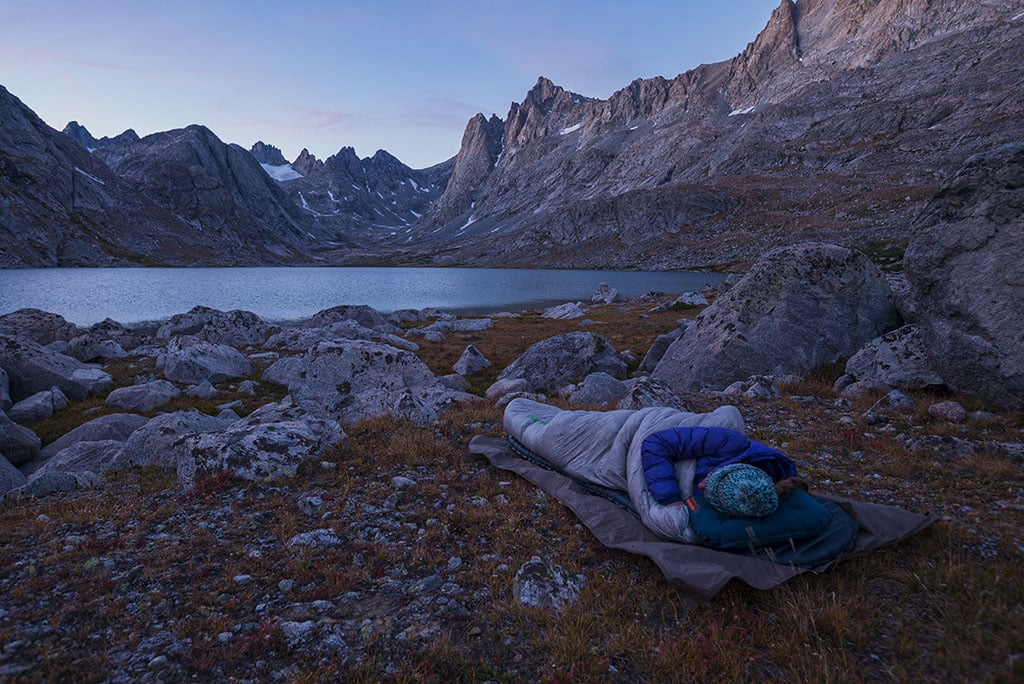
1. My back will be cold!
The biggest question (and benefit) of a camping quilt is the absence of the insulation found on the bottom of sleeping bags.
When you curl up in your sleeping bag for the night, the fill on the bottom of your bag gets compressed under your weight. This causes your fill to become significantly less thermally efficient. Both down and synthetic insulation works by trapping warm air in thousands of tiny air pockets. More loft makes for more air pockets, which delivers more warmth. Compressed insulation results in fewer air pockets, and often, negligible warmth is contributed.
That’s where your sleeping pad comes in. To insulate you from the cold ground, your pad is built to provide the critical warmth that your sleeping bag lacks.
So, when you’re using a quilt, your insulated sleeping pad will keep your backside comfy, just like when you use a sleeping bag.
2. My head will be cold.
Another obvious difference when you’re looking at a camping quilt and a sleeping bag is that a quilt is hoodless. So, on those nights when temperatures dip and you would normally cinch your sleeping bag hood tight, how do you keep your head warm with a quilt?
The answer is the same as how you keep your head warm while hiking or gathering wood for a campfire: a good hat or warm hood. These are often warmer than your sleeping bag hoods since they sit snugly on your head and won’t allow drafts. Plus, if you turn your head, you’ll never inhale a nylon liner.
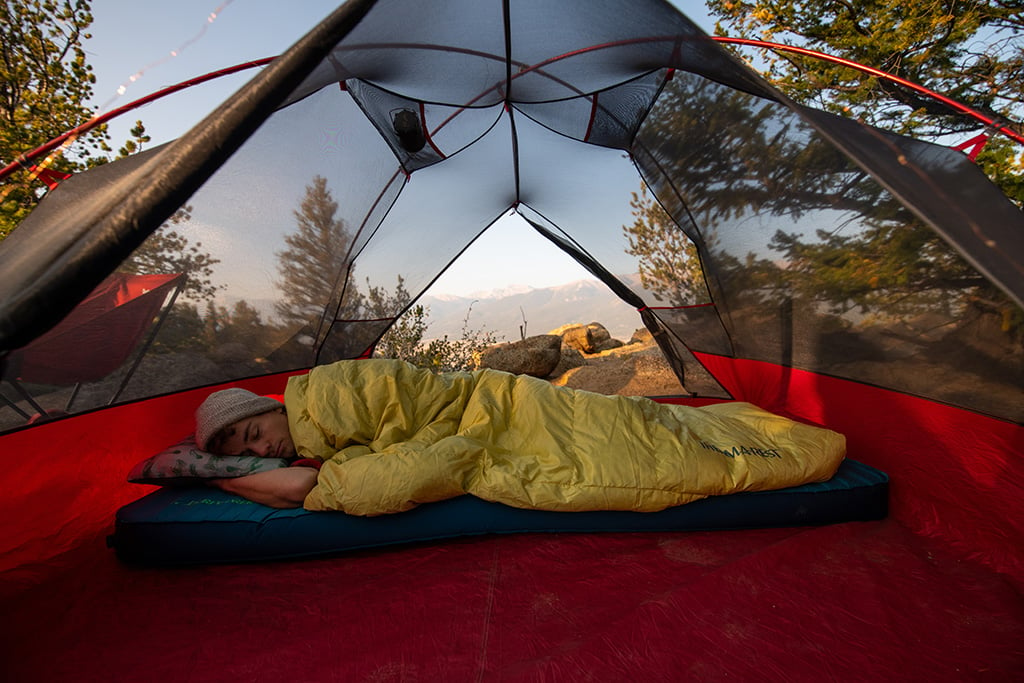
3. They’re drafty.
An important distinction is that our high-performance quilts are very different than the quilt you’ll find in your grandparents’ home.
Our quilts taper for optimum thermal efficiency. The foot boxes are shaped to your feet and can even be slipped over your pad for extra draft protection. The sides of the pad have draft tubes to protect your sides while our Synergy Link connectors and snap-neck closure keep you warm when temps drop.
The great thing about camping quilts is that they are also versatile during warmer conditions. All you have to do is open up the sides of the quilt or kick out a leg for extra ventilation.
The final benefit is that whether you’re airing it out or bundling up, a quilt can easily accommodate your preferred sleeping position, even if that position is constantly changing through the night.
4. My skin will stick to the pad.
Some air pads, like our NeoAir® XLite™ NXT, have a nylon face fabric that might not be the comfiest to spend a night on. However, this can be easily remedied by wearing a baselayer or using one of our Synergy Sheets, giving you the feeling of luxury even when you’re deep in the backcountry.
Even during warmer summer trips, baselayers wick moisture from your body, keeping you and your gear dry and comfortable.
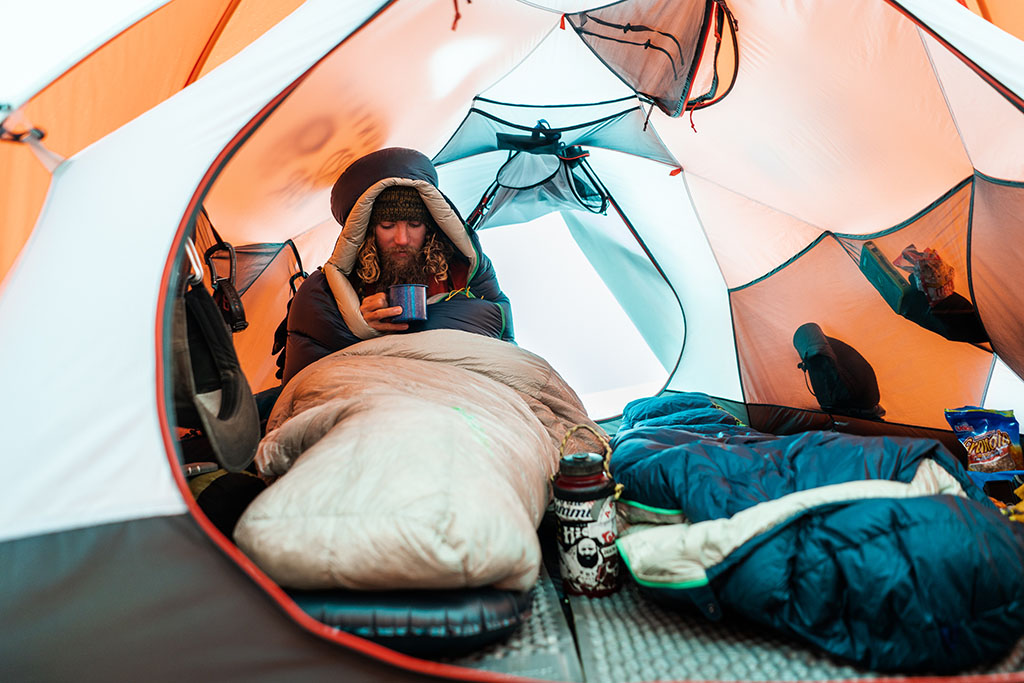
5. They’re for professionals/techies only.
Certainly, but just because they’re designed for long-distance treks and imposing summits doesn’t mean that quilts aren’t for you. Any backpacker or camper can benefit from the lightweight versatility and comfort that a quilt offers.
Whether you’re seeking added comfort and room at camp or a lighter and smaller pack on the trail, rest assured that our line of technical quilts can over-deliver on the comfort you need and the features you crave.
Related Posts:
- Understanding the Underestimated Camp Quilt
- Backpacking with a Quilt: The Trail Less Traveled
- Down vs. Synthetic Sleeping Bags & Quilts Insulation
Updated. Originally published April 24, 2019.

